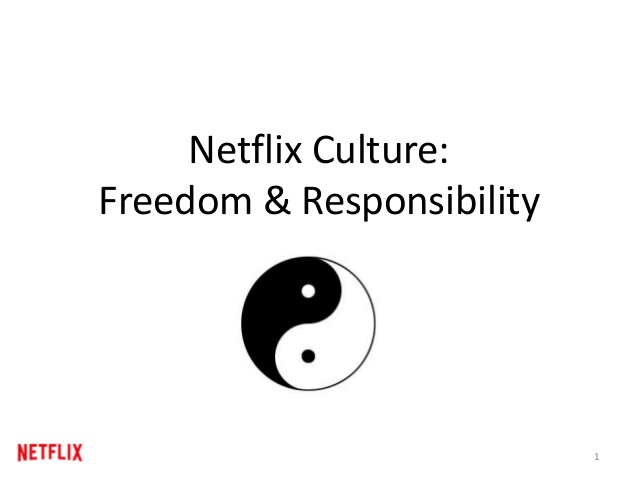One of the biggest concerns executives have about remote work is how it will impact their company’s culture in the long-term: they’re worried it will damage their “innovative, collaborative apprenticeship culture,” or suffer without the “energy that you get from being around other people.”
And these fears are valid. Culture matters because it’s the last sustainable competitive advantage: your competitors can imitate your products and services, but they can’t copy+paste your culture. In a way, culture is actually your first and most important product, because it’s what you use to produce everything you make or deliver. That said, culture isn’t as easily understood as a product feature or a service benefit.
So what exactly is it?
Fair warning: this isn’t one of the simple definitions you’ll often see, like “culture is who you hire” or “what you reward” (and definitely, “not a ping pong table.”) Instead, we define culture as an emergent property of interpersonal interaction, mediated by the organization’s environment, purpose, strategies, structures, and systems. Let’s break that down:
Culture is an emergent property… Culture is like the weather in that it’s an always-changing product of many interacting systems and actors. Just as you can’t snap your fingers and get a warm day in the middle of an Alaskan winter, you can’t instantly control or reproduce organizational cultures. Cultures are organic. They emerge. But, unlike the weather (yet), they can also be formed intentionally. People can and should be thoughtful, purposeful, and responsible around the behaviors, values, attitudes, beliefs, and assumptions they share. This means people can be empowered to design the culture they want, but they have to view culture holistically.
Furthermore, organizations can have “micro-climates” or sub-cultures across the enterprise that represent different values, beliefs, and norms. In our opinion, this diversity is important and necessary—your legal team should behave differently than, say, a creative discipline. The crucial thing is to foster positive interaction and collaboration across these cultures.
...of interpersonal interaction… Culture is foremost produced by how your people interact with one another. Of course, how they interact is influenced by everything from societal norms to corporate policies (implicit or explicit).
…mediated by the organization’s environment, purpose, strategies, structures, and systems. Organizations have four domains that you can impact:
- Purpose: what draws folks to your organization
- Strategies: what trade-offs they make in decision making
- Structures: how they are organized into teams
- Systems: the internal norms, processes, and tools they use to get their work done
Our bias, after years of study and practice, is that the biggest leverage points for culture change lie in the domain of systems, which includes activities like how you hire, onboard, promote, share information, meet, give feedback, and make decisions. These are powerful levers not only because they affect everyone in the organization, but because you can experiment with changes quickly and safely, and see results sooner than, for example, a costly restructure.
You may have noticed, though, that nothing about the above definition is specific to either an in-person or remote workplace. Especially at the Systems level, activities can and should be adapted to suit the needs of each workplace, wherever that may be. You can absolutely design a remote or hybrid culture that’s just as vibrant, productive, and healthy as one IRL.
To help you do just that, we’ve rounded up all our articles on the return to work and designing the hybrid workplace, and included some of our favorite tools and articles from other sources.








